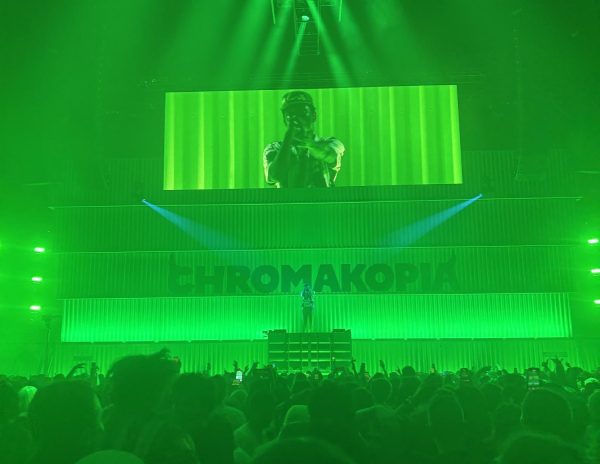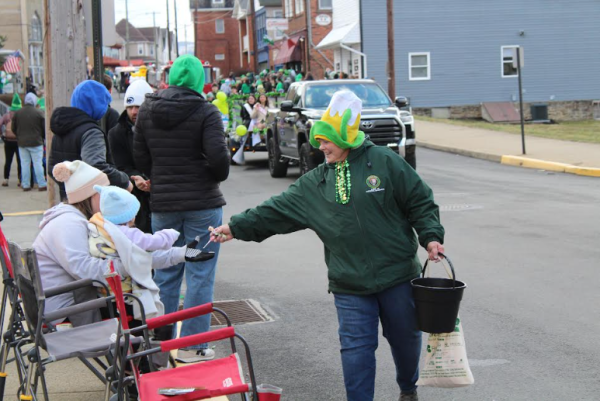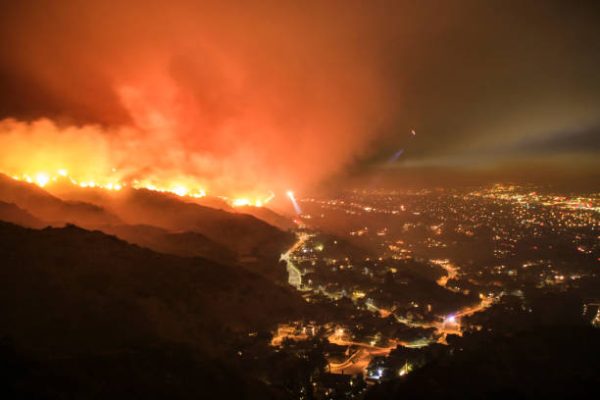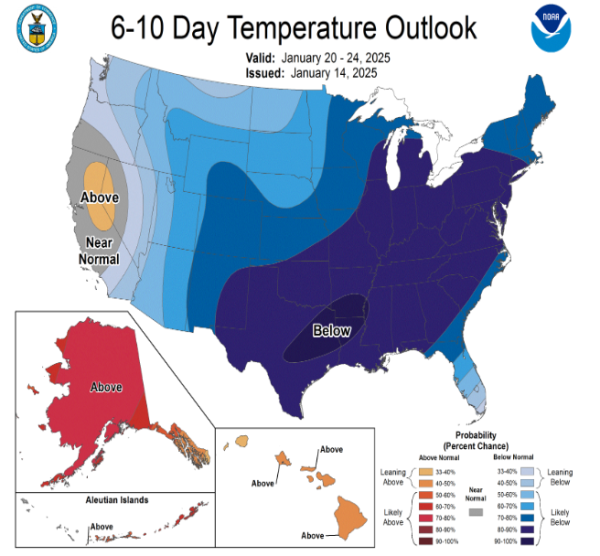The Rush to Judgment: Hatred of Others Hurts Us All
SHOUTING. NAME-CALLING. EXAGGERATING. BLAMING… Breaking News. An exhausted sigh fills the air as the TV’s volume rapidly decreases until all is silent. The red eyes begin to water as blue tears drip down the cheek of America scorching the skin. The agitation increases and the blisters form. The itching begins. The swelling continues. The scarring remains.
Traditional news outlets and social media platforms are dominated with national and local stories, as well as opinion pieces on the rise in hate crimes. Legal experts, investigators, and educators hold symposiums about hatred, like the one held this month at Saint Vincent College in Latrobe to expose what it termed, “The Face of Hate.”
The FBI defines a hate crime as “a criminal offense against a person or property motivated in whole, or in part by an offender’s bias against a race, religion, disability, sexual orientation, ethnicity, gender, or gender identity.”
Dr. Eric Kocian, Assistant Professor of Criminology and Law at Saint Vincent College, and former Marine who was later trained by the FBI explains, “All officers should conduct a thorough and complete investigation in all suspected and confirmed hate crime incidents. The mere notion of bias however does not make it a hate crime.”
The most recent report by the FBI reveals that over 7,000 hate crime incidents were reported in 2017, while 58.1% of hate crimes were racially motivated. From the recent Tree of Life Synagogue massacre in Pittsburgh to the New Zealand mosque shooting, it is clear that a growing hatred is taking root throughout our society. This hatred is evident in the frequent rush to judgement against people who are perceived as different.
Perhaps a major spark for this increase in discussion regarding hate crimes and freedom of speech relates to two widely-publicized stories about two cases: the controversial case involving Covington Catholic School teenager Nicholas Sandmann and the alleged hate crime “hoax” involving Empire actor Jussie Smollett.
On January 18, 2019 people across the country became aware of a news story involving the apparent mistreatment of a Native American war veteran by a white Catholic school student wearing a red ‘Make America Great Again’ hat. The media, along with countless celebrities and public figures, attacked the teenager and labeled him hateful and even racist. As an edited video of the young teen “smirking” at the Native American Veteran appeared across every major news channel and throughout social media platforms, the student was labeled and accused of being a White Supremacist.
After full footage was later released revealing the Native American man approaching and chanting at the student, people became aware of the consequence of their rush to judgement. Because of Sandmann’s presumed political bias, he was victimized and accused. The American people, led by the media, rushed to judge a young teenager because of individual political narratives and gross misunderstanding.
Currently, Covington student Nicholas Sandmann is suing both The Washington Post for $250 million and CNN for $275 million for defamation with malice. Sandmann’s lawsuits claim that CNN and The Post “wrongfully targeted and bullied Nicholas because he was the white, Catholic student wearing a red ‘Make America Great Again’ souvenir cap on a school field trip to the January 18 March for Life in Washington, D.C.”
The question of free speech and what is protected under the First Amendment is a major issue that will be heavily discussed throughout these cases and future ones. In Brandenburg v. Ohio’s 1969 ruling, the U.S. Supreme Court held that any inflammatory speech that is “directed to inciting or producing imminent lawless action and is likely to incite or produce such action,” is not a protected form of speech held under the First Amendment. So where does that leave us today?
The First Amendment does not give a license to vengeance. The First Amendment gives people the right to express their beliefs and ideas, to protest, to argue, and to defend. It does not allow people to incite violence under the veil of “free speech.”
Another example of an apparent rush to judgement is Empire actor Jussie Smollett’s hate crime “hoax” case. Smollett filed a police report claiming to be a victim of a hate crime in Chicago during the early morning hours of January 29, 2019. Smollett alleged that two men wearing red ‘Make America Great Again’ hats not only yelled racial slurs, but also tied a rope around his neck, poured an unknown substance over his body, and physically assaulted him. Instantly, the mainstream media jumped on the story claiming Smollett was victimized because of his profile as an African American, homosexual minority.
However, shortly after the investigation began, evidence surfaced that alleges Smollett may have orchestrated the incident. Accomplices claim they were paid by Smollett to impersonate Trump supporters and commit acts of violence. Additional corroborative evidence was uncovered to support their claim that Smollett’s attack was bogus. Smollett himself was arrested and charged with disorderly conduct for falsifying a police report (a class four felony, with a potential jail sentence of one to three years) and an additional sixteen felony counts. Smollett, who was released on $100,000 bond, continued to deny all charges and remained vehement that he was the victim of racism and homophobia.
Just as the case was headed to trial, it took another dramatic turn. On March 26, 2019, prosecutors dropped all charges in exchange for Smollett’s agreement to perform community service and forfeit 10 percent of his bond to the city of Chicago. One day after that, Chicago police, furious over the prosecutor’s action, released their full 61 page investigative report on Smollett. At this point it appears the Smollett case may be headed to federal court on charges of mail fraud arising from sending a death threat letter to himself. The FBI and Department of Justice are now investigating the prosecutor’s decision to drop the case.
Smollett’s case reveals that prejudice leads to conduct that damages innocent people. Either he is the victim of a terrible hate crime, or a perpetrator of a horrible hoax that maligned a whole class of people based on their race and sexuality. In this situation we see anger churned up even more and the dividing lines drawn even deeper between the American people.
Because of alleged racial and homosexual bias–that likely was manufactured–true victims and alleged attackers were misrepresented and negatively impacted. In the Covington case because of a presumed political bias, an innocent teen was victimized and accused.
Do you sigh? Are you quick to grab the remote and change the channel or turn down the volume in order to tune out the lies? Or do you rush to judgement without knowing the full story just because it fits your preconceived beliefs or ideas? It is time for us all to rise up, listen to one another without shouting or engaging in name calling, wipe away the tears this country sheds, and unite as Americans. As people. As mothers. As daughters. As fathers. As sons. It’s time to end the hateful rhetoric by judging others on their character and conduct, not their race, religion, political identity or any other prejudice.

I grew up here in PA, but spent the last 8 years in CA and just returned to finish out my Senior year at Greater Latrobe. It’s great to be back here--...











